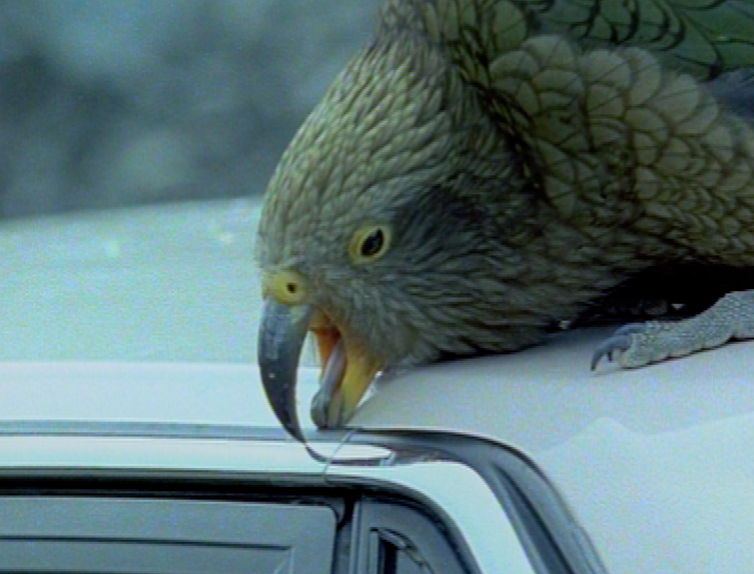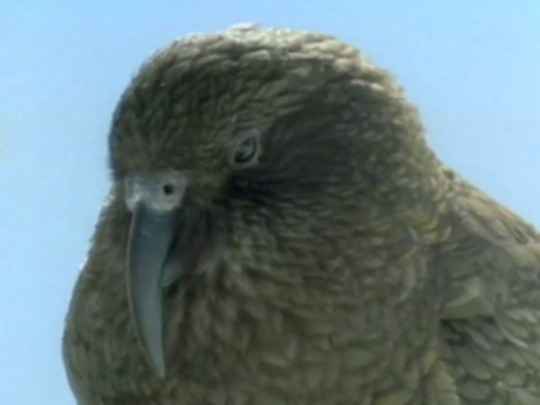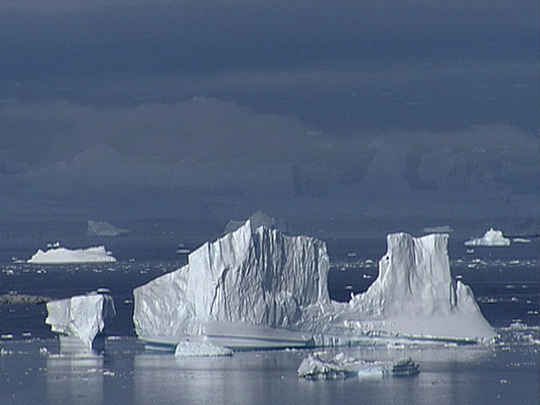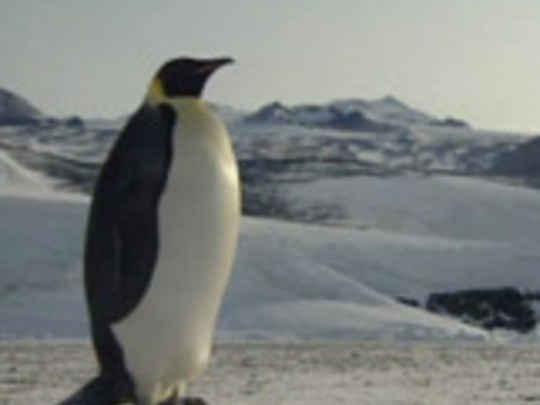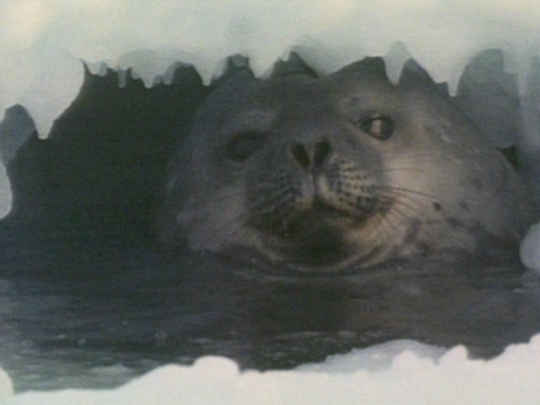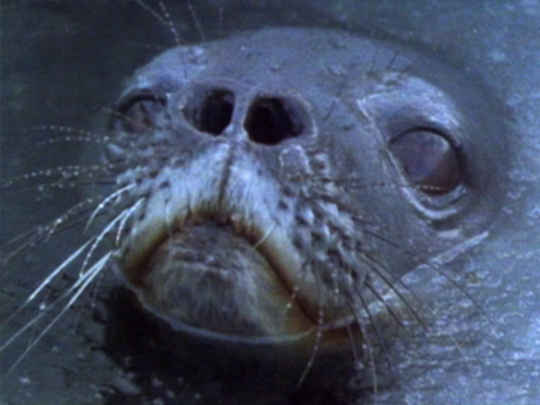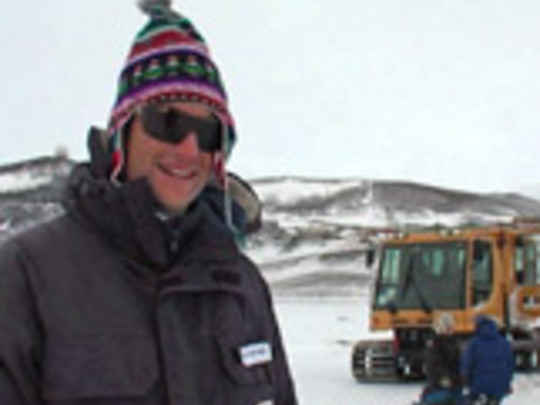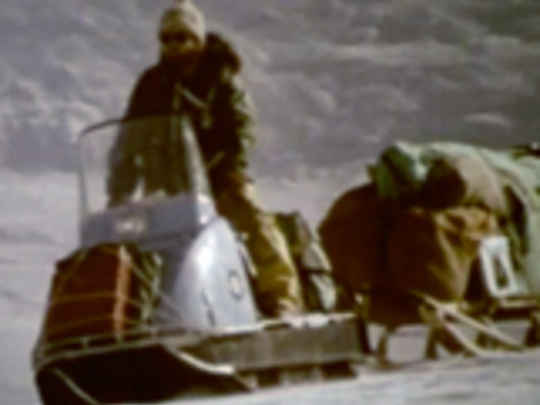Nature's Greatest Moments - Winter Stories
Television (Full Length) – 2003
Japanese macaques have relaxed in these natural hot springs only since 1963. One intrepid macaque took the first plunge, and it didn't take long for others to pick up the habit. It's one of the attributes that has helped make these monkey's so successful — they learn from each other, and they're not afraid to try new things.– The narrator describes macaque monkeys in Japan, early in this documentary
Below the water, the ice is the Weddell seal's sky. They communicate with an amazing range of calls which penetrate far under water, and even up through the ice.– The narrator
Among domestic dogs, humans often take on the dominant alpha role. Dogs are descended from the same canine ancestor as wolves, and this team of sled dogs has a strict pack hierarchy.– The narrator
Arctic foxes are about the size of a large domestic cat. They have short legs and rounded features to reduce heat loss. And their warm coats of fatty insulation are so efficient, that they won't start to shiver until temperatures plunge below minus 50.– The narrator
No other mammal can survive on lichens as the carabao and reindeer do, and it's because of this adaptation that they are able to live in the harsh extremes of the arctic tundra.– The narrator
Compared to the size of the adult, the emperor penguin lays the smallest egg of any bird. The chick hatches after nine weeks and in all that time, the incubating male has gone without food.– The narrator
The kea is well adapted to survive in this icy world. It's body is plump and well-feathered to keep it warm, and its great assets are its playful curiosity and sharp intelligence.– The narrator
The polar bear wasn't always white. Scientists believe that 250,000 years ago the polar bear evolved from a group of brown beers that become isolated by glaciers, high in the Russian arctic.– The narrator on the polar bear
